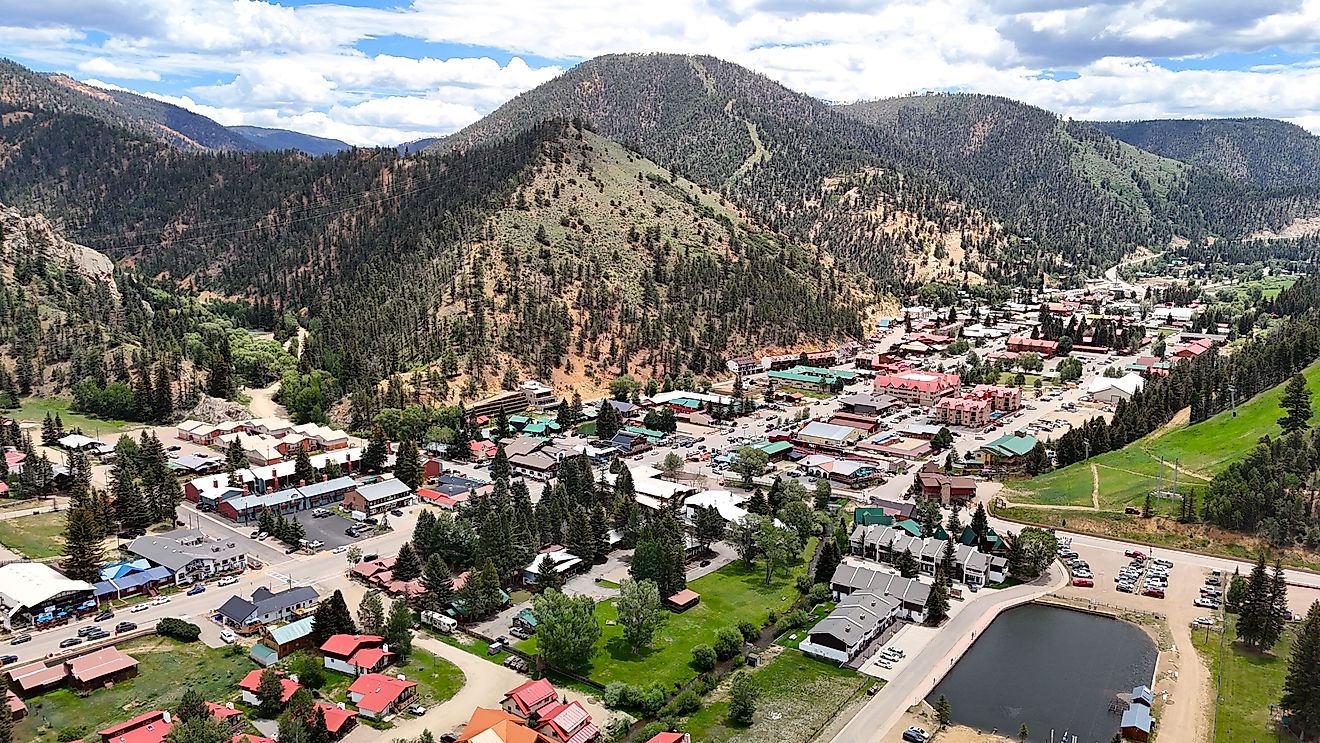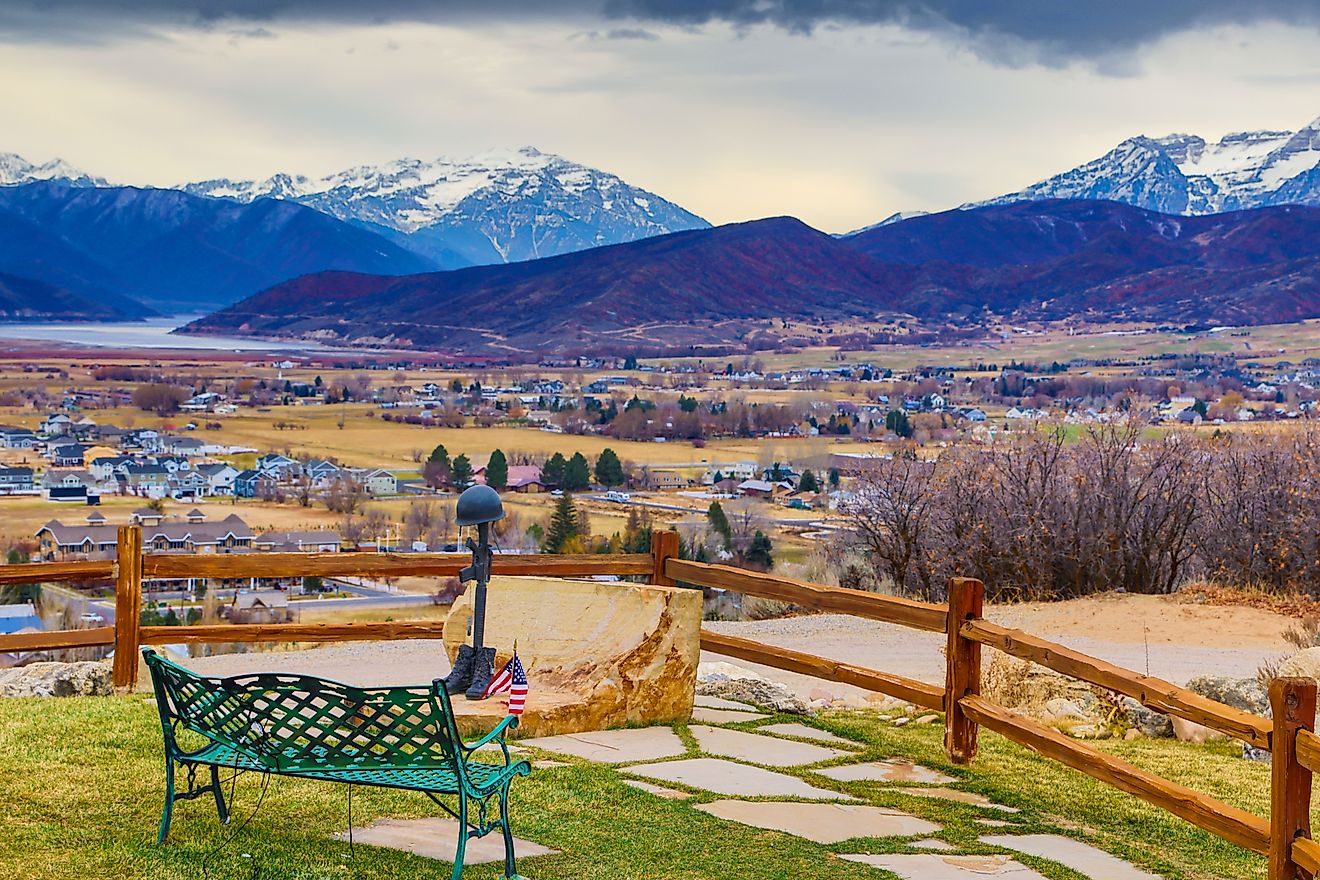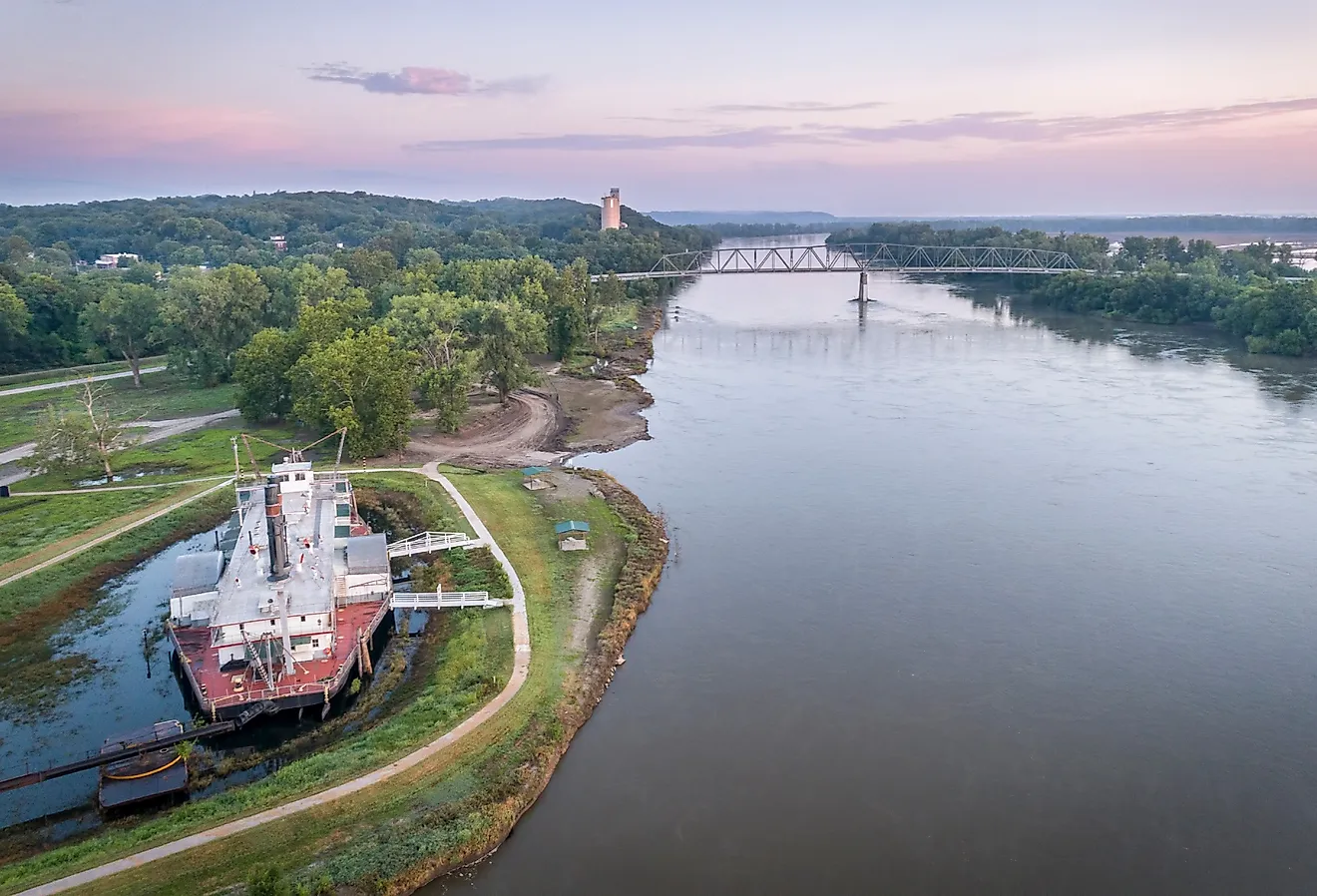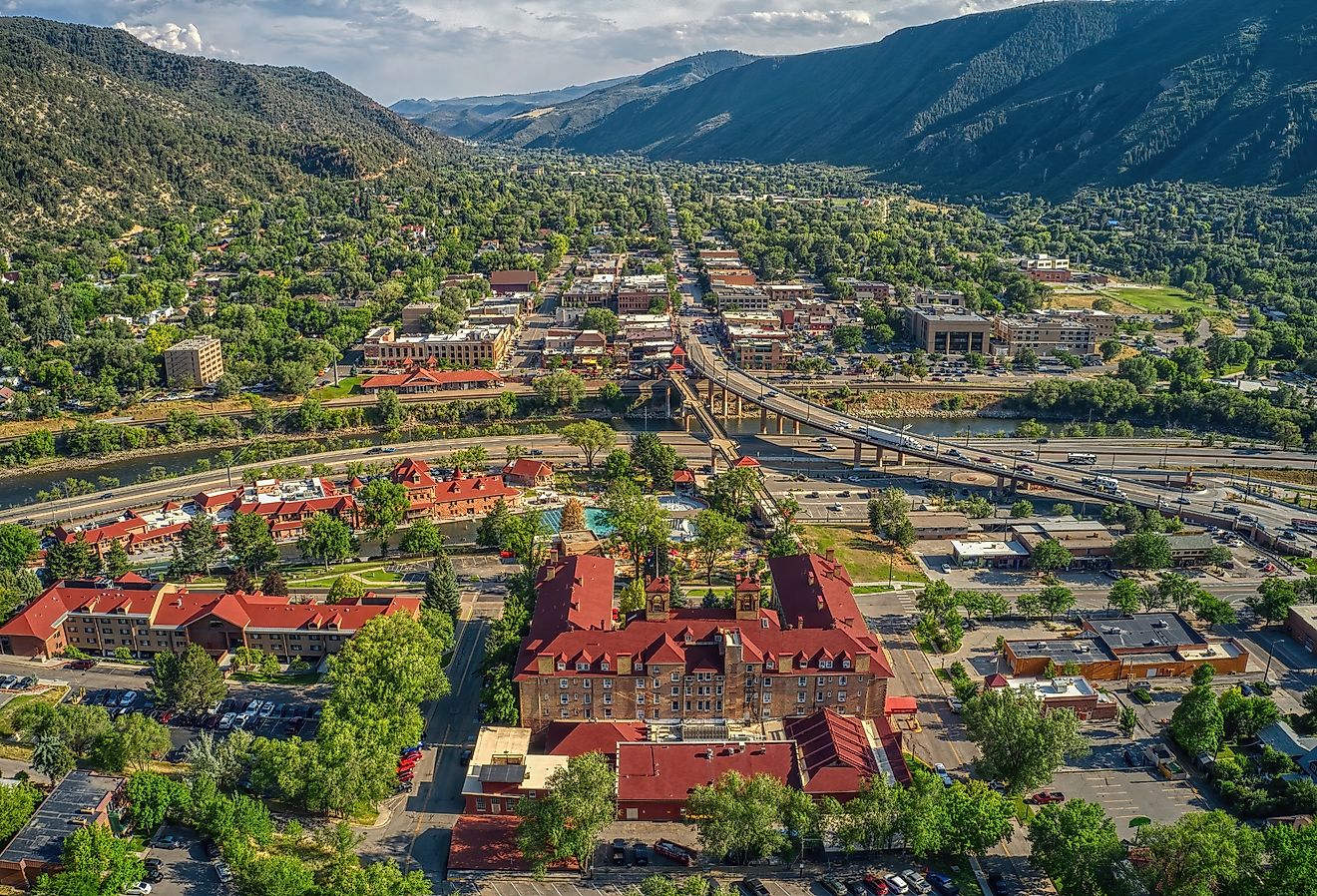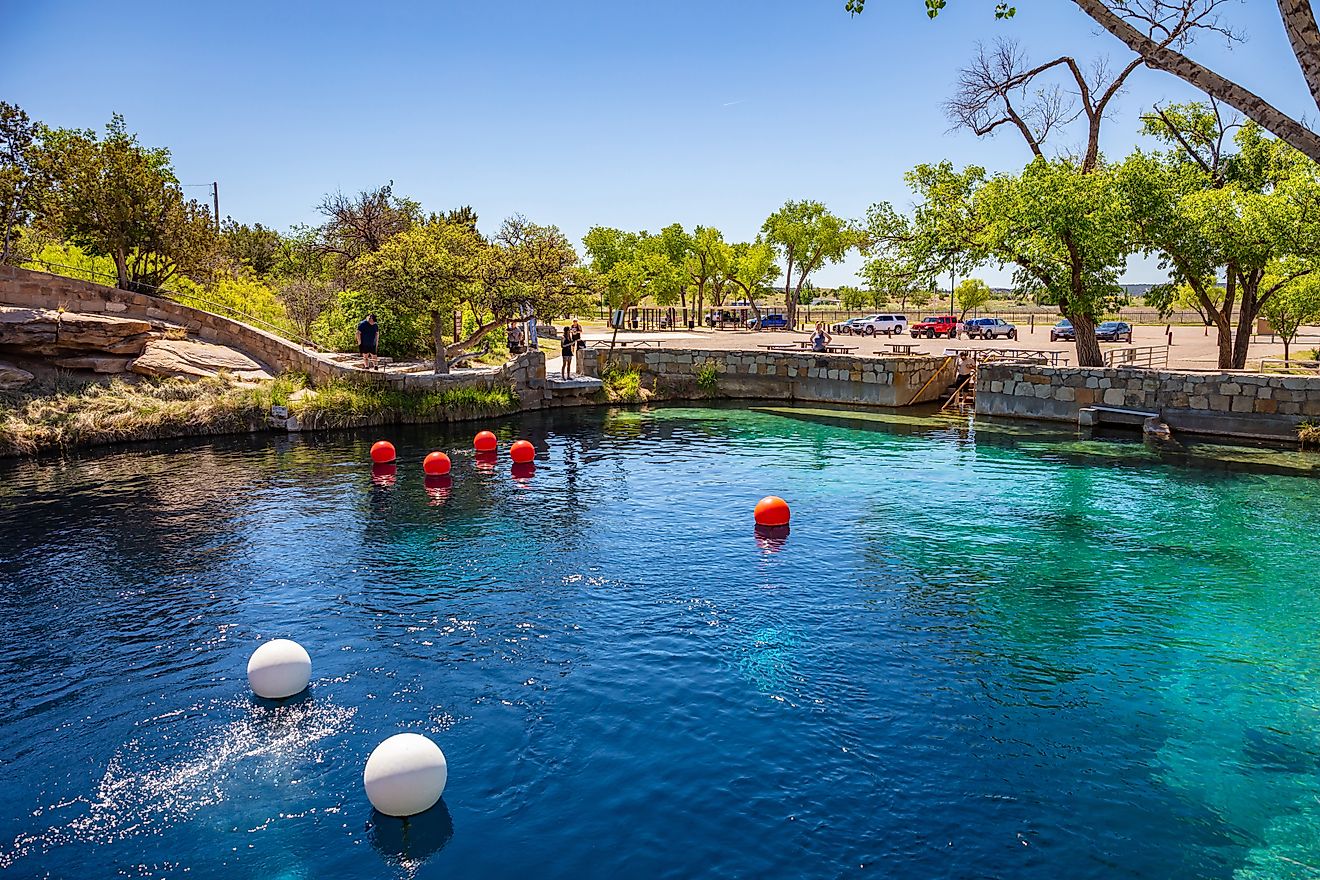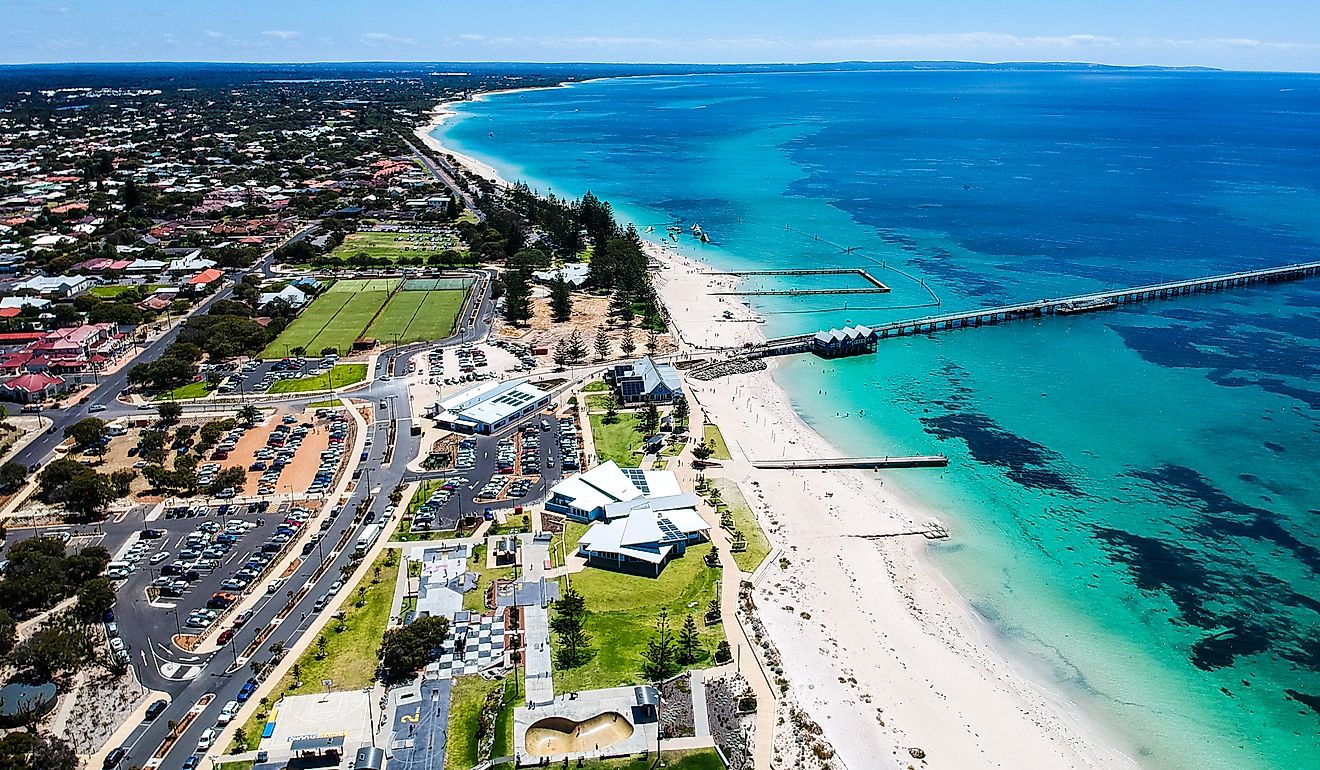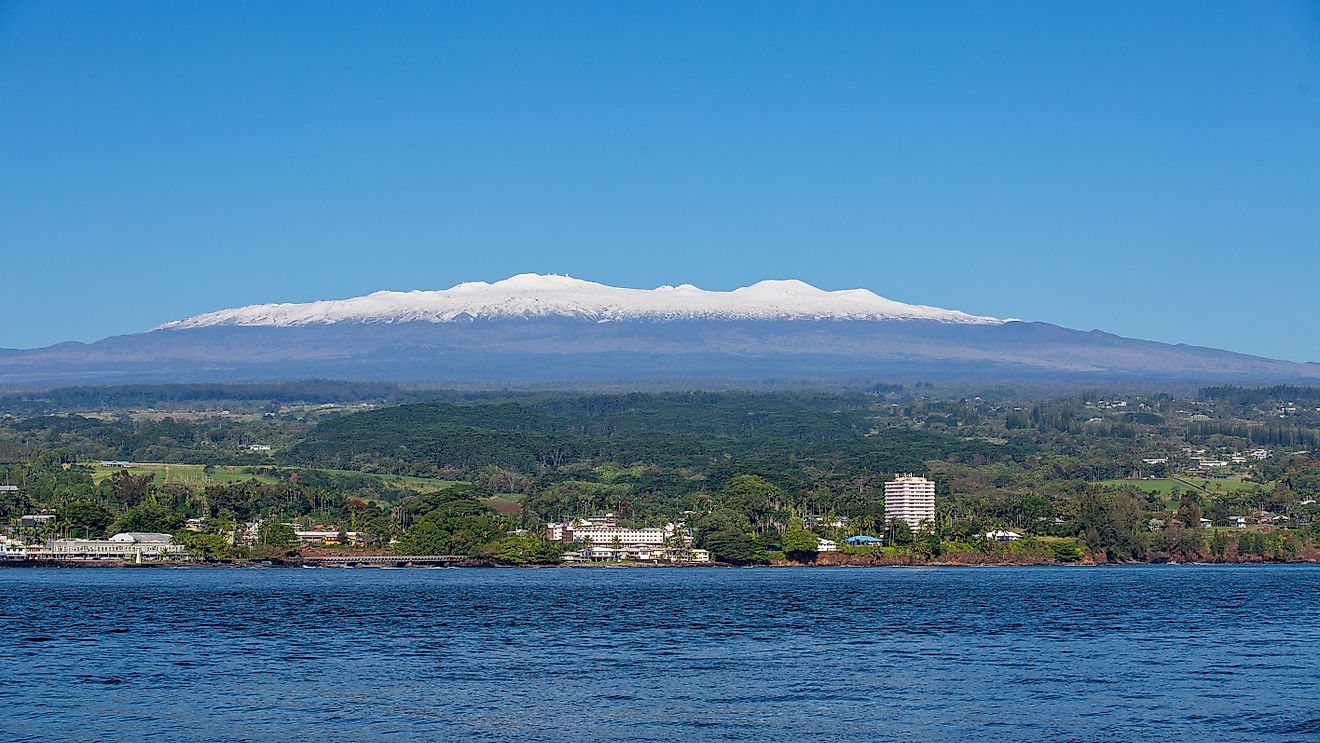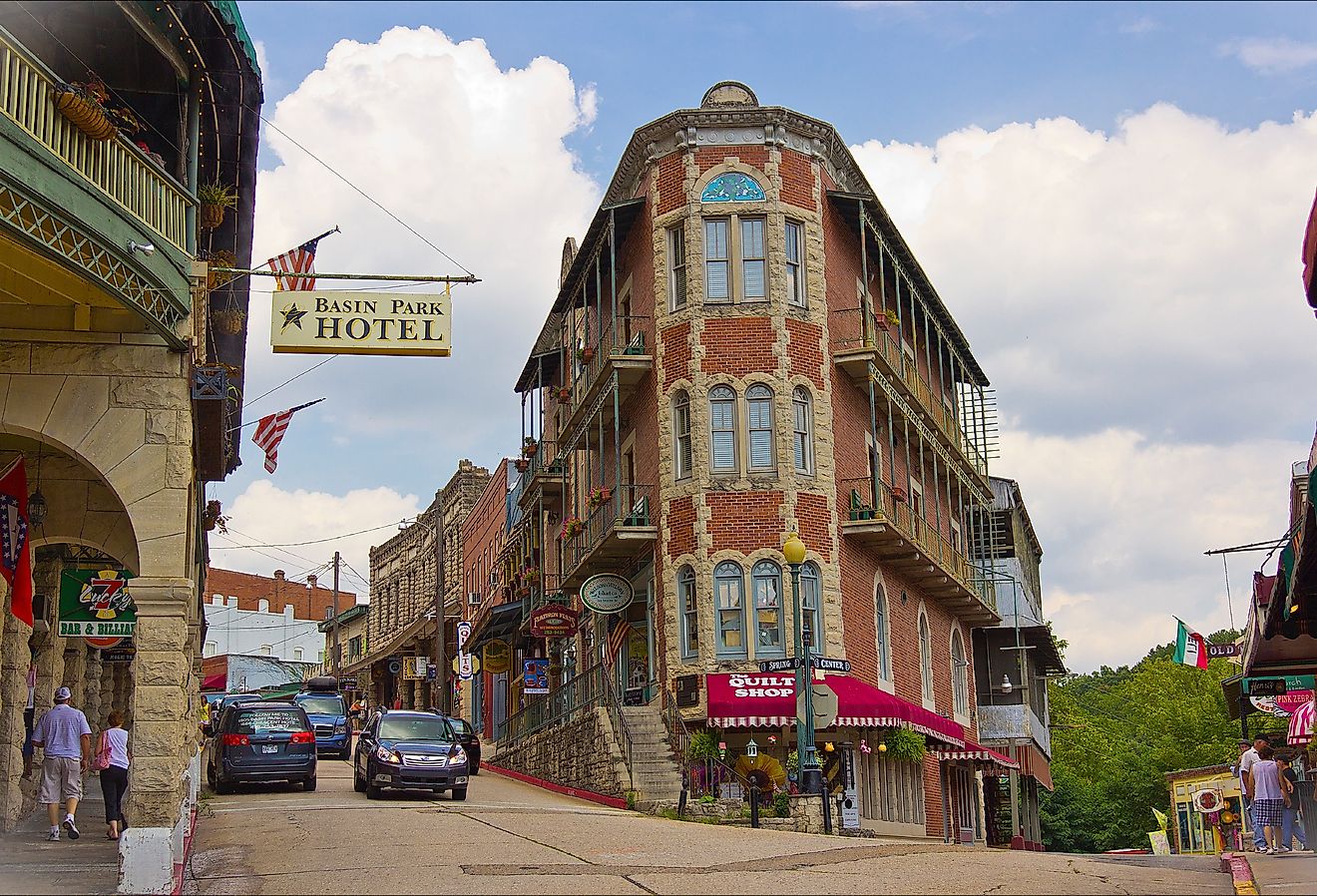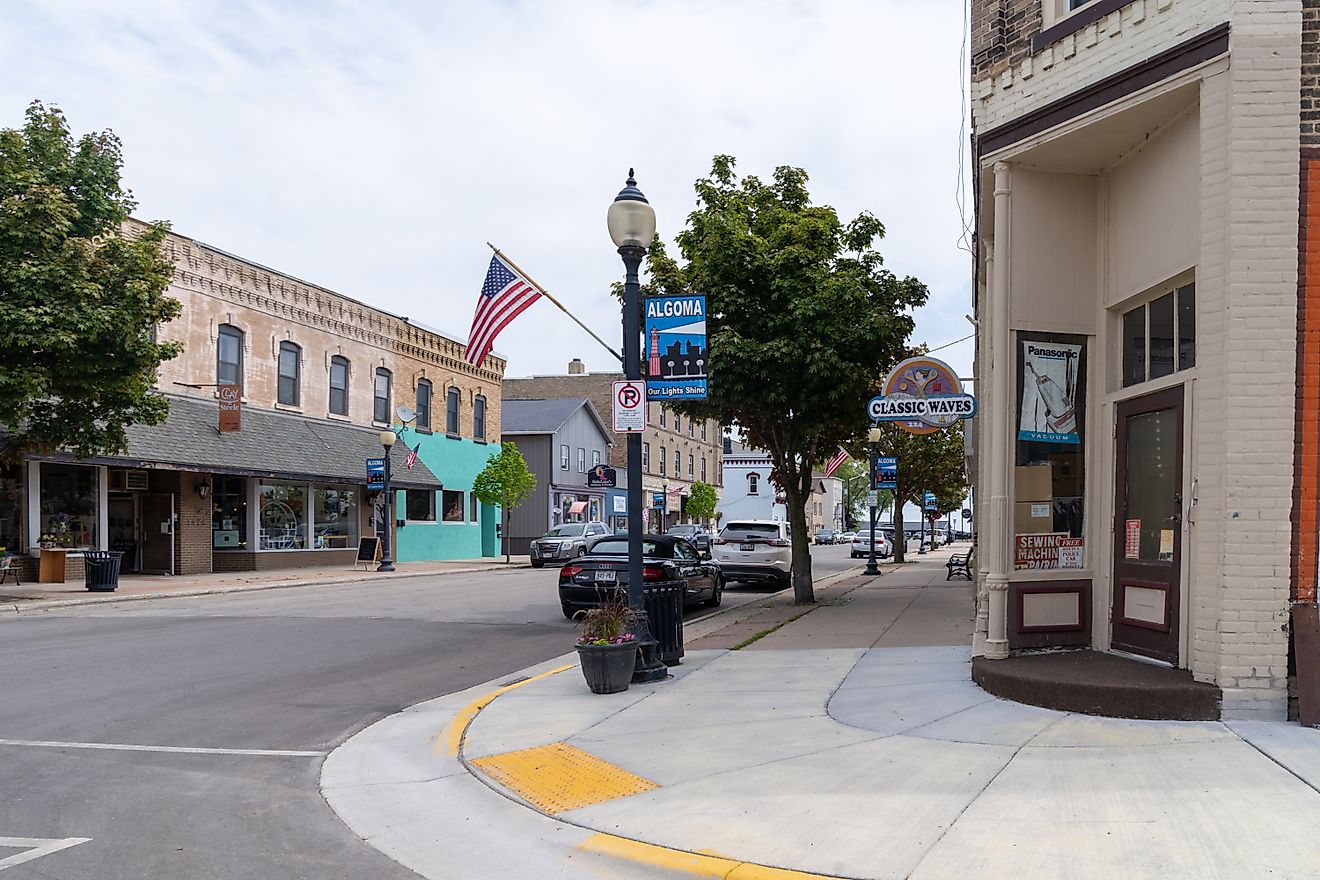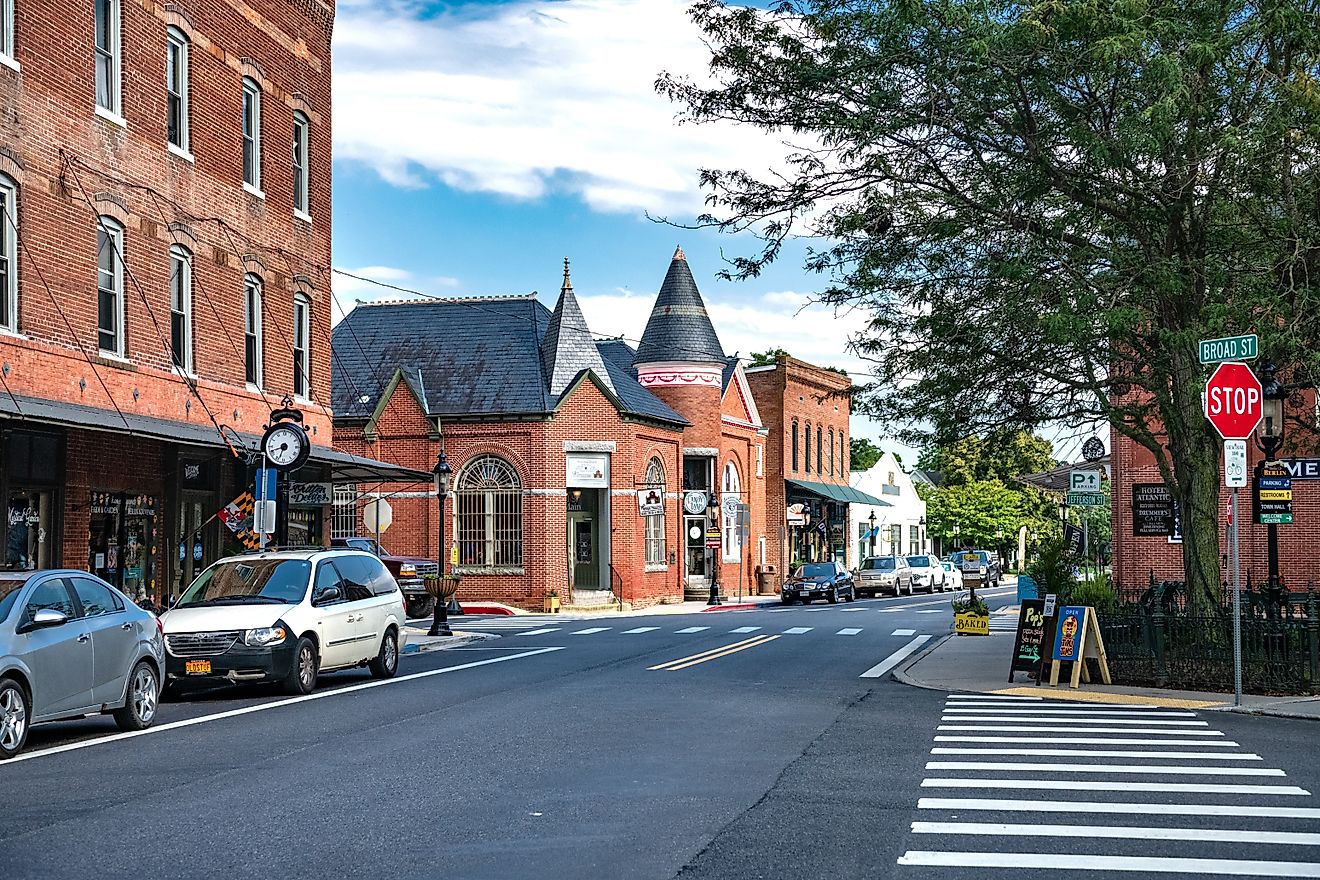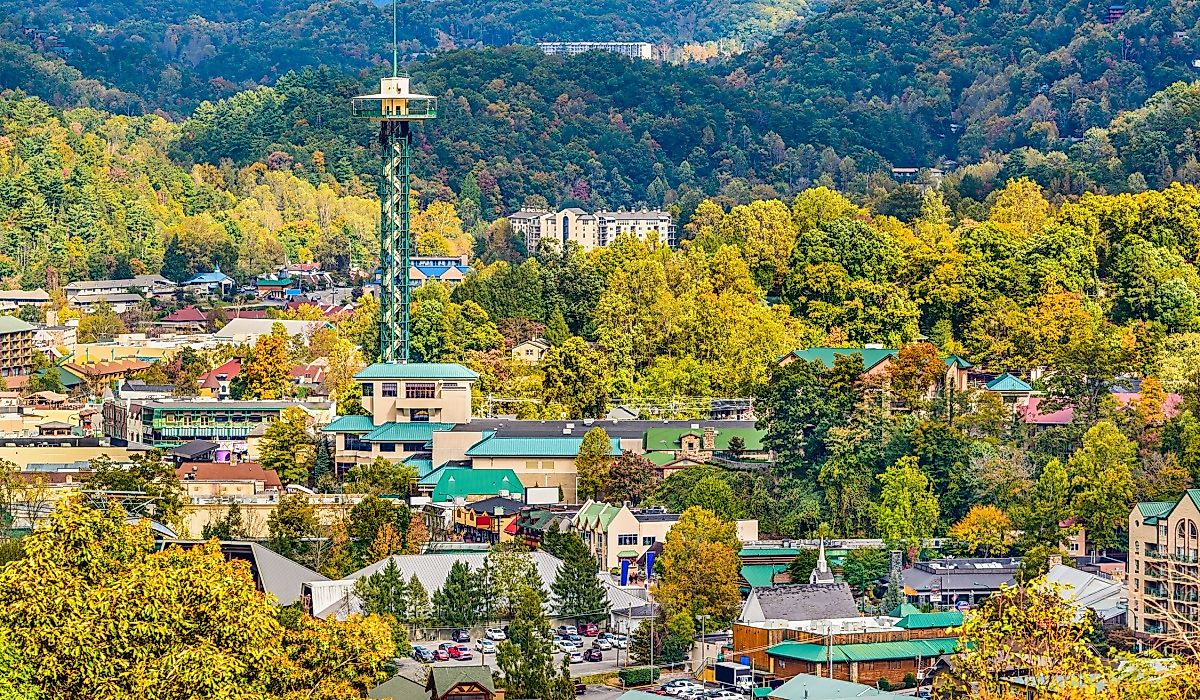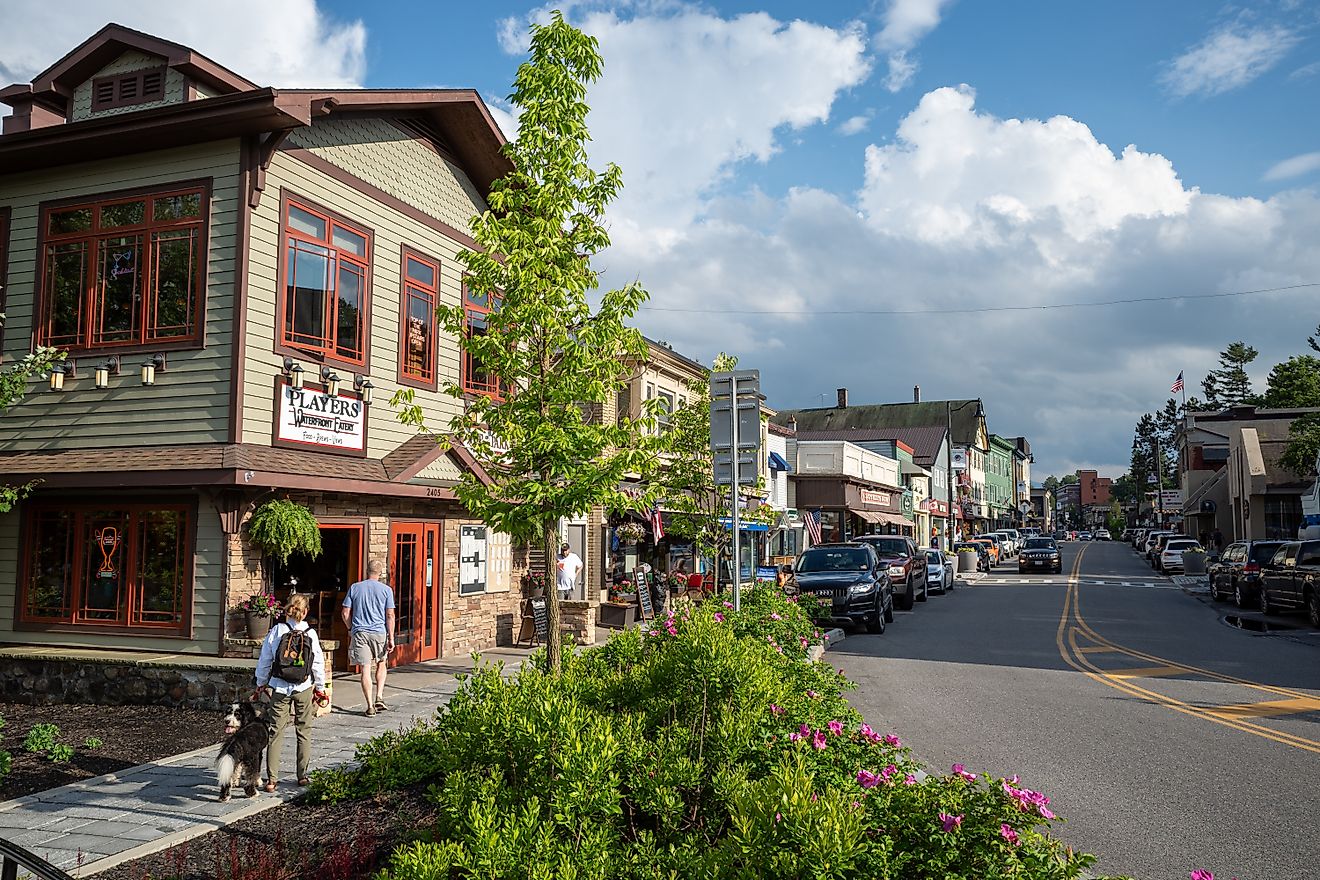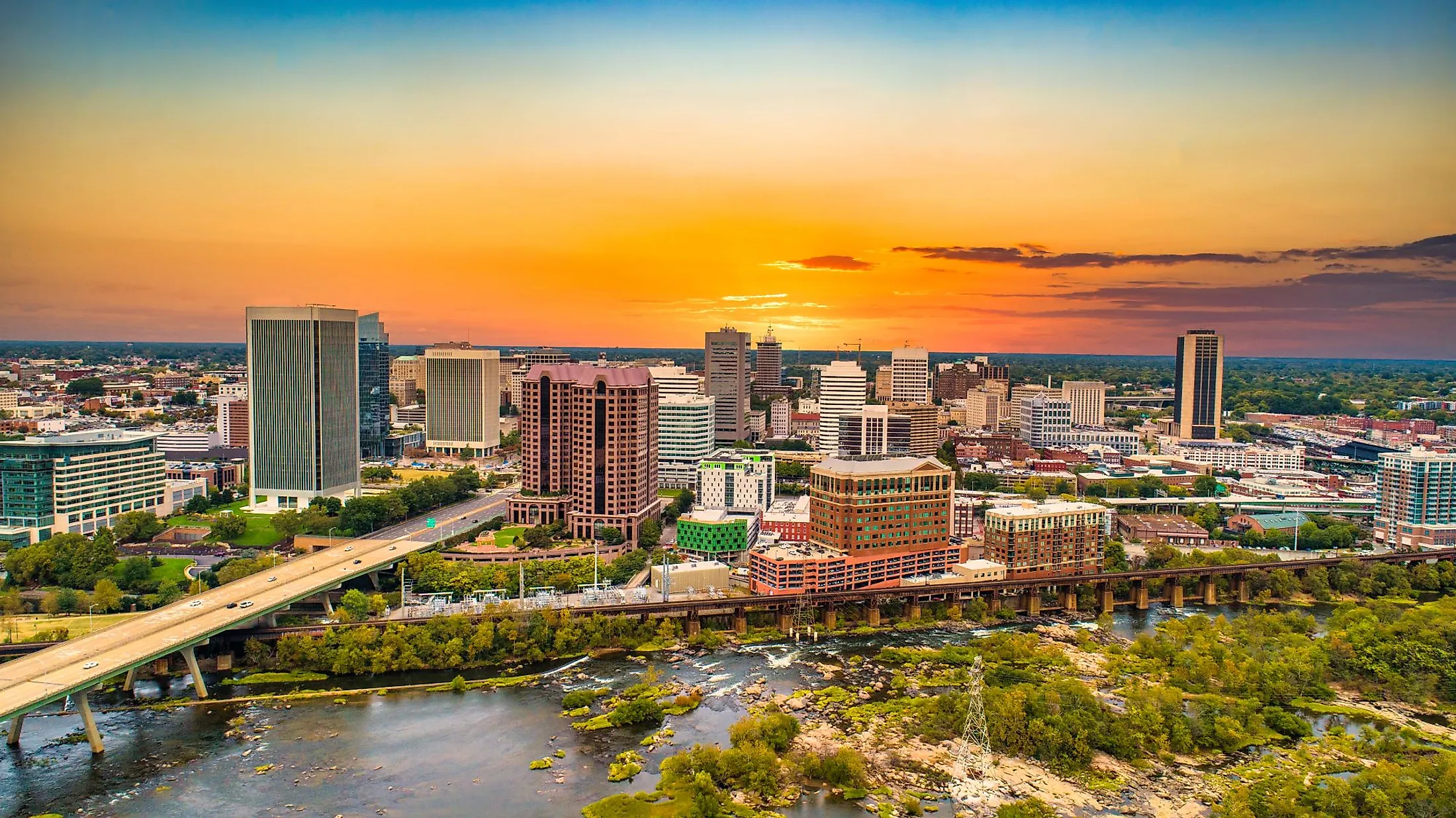
Richmond, Virginia
Richmond serves as the capital of the US state of Virginia and is located in the Piedmont region in the state's east-central portion, on the fall line of the James River. The city covers 162.05 sq. km and is considered one of the oldest cities in the United States. Richmond is a major politically independent central metropolitan city, along with its abundant well preserved historical and cultural profile, which played a huge role during the American Civil War as a Confederate state of America.
Geography And Climate Of Richmond
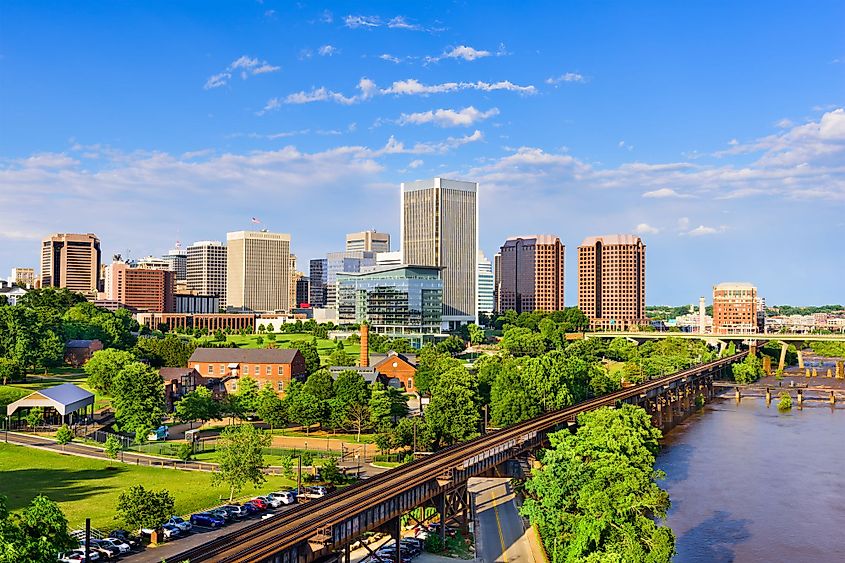
Richmond covers a total area of 162.05 sq. km, of which 6.85 sq. km is occupied by water, and 155.20 sq. km is occupied by land. The city forms the heart of the "Richmond Metropolitan Statistical Area" and the "Greater Richmond Region." Richmond is situated approximately 148km south of Washington D.C., 71km west of Williamsburg, 146km east of Lynchburg, and 106km east of Charlottesville.
Like the rest of the cities in Virginia, Richmond experiences a humid subtropical climate, where summers are moist and humid, winter is cold and mild, with some snowfall in January and a significant amount of rainfall throughout the whole year. The temperatures vary anywhere between -1.6°C to 31.6°C and are rarely below -8.8°C or above 35.5°C. For visitors, the best time to visit for warm-weather activities is from late May to late June and from mid-August to early October, while January and February are the least comfortable months.
Brief History Of Richmond
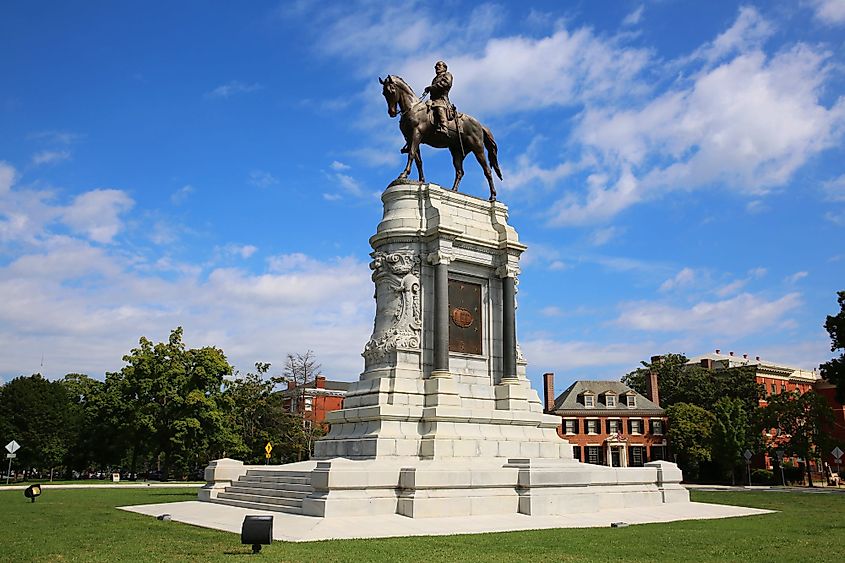
Richmond’s history was crowded with a series of battles between the English settlers and the Powhatans (who were the native tribes in Virginia back then), from the day it was explored by the English colonists Christopher Newport and John Smith in 1607 until it was founded and named as Richmond by William Byrd II, in 1733. The name comes after the town Richmond-upon-Thames in England due to the very similar view of the river in both towns. The town of Richmond was later on incorporated in 1742 and played a significant role before the American Revolution, where the famous speech of Patrick Henry, “Give me Liberty, or Give me Death,” was delivered at Richmond’s St. John’s Church, and was the main inspiration for the Americans to seek independence from Great Britain. Richmond became the new capital of Virginia, replacing Williamsburg in 1779, and got incorporated as a city in 1782, after the end of the American Revolution. Richmond was also remarkable during the Civil War. It served as the Capital of Confederate States in 1860 and a hub for military spots, railways, and slavery markets before it got burned and fell to Union forces in 1865.
The Population And Economy Of Richmond
Richmond has a population of 226,610 residents, which makes it the 4th largest and most populous city in Virginia, after Virginia Beach. More than 90% of Richmond residents were born in the United States, with 60% of them born in Virginia, and around 5% of residents are not US citizens. The largest percentage of those not born in the United States are from Latin America.
Richmond has always been a central economic hub in the region. Considering its location on the James River, between the Piedmont and Tidewater regions of Virginia, the city was a powerhouse for trade, manufacturing, agriculture, cargo, finance, as well as a transportation hub due to its access to highways, railways, and sailing through the river canal. The city also served as the site of the first electric trolley system in the United States. Throughout the years, slave markets and tobacco were the first and major parts of the economy in the city. At present, the city's economy is mainly driven by finance, law, and government, as well, as it's an attractive location for new businesses that offer modern services, technologies, and different manufactured products. In another economic perspective showing taxes and figures, a recent survey showed that The average household income in Richmond is $76,182, with an unemployment rate of 6.5%. As for tax rates, the city has a 6.0% sales tax and 6% income tax.
Richmond's Top Attractions
From historical and cultural museums to plentiful outdoor green spaces, along with a diverse collection of restaurants, breweries, and shopping centers. Below are some of the top attractions in Richmond:
American Civil War Museum and The White House of the Confederacy
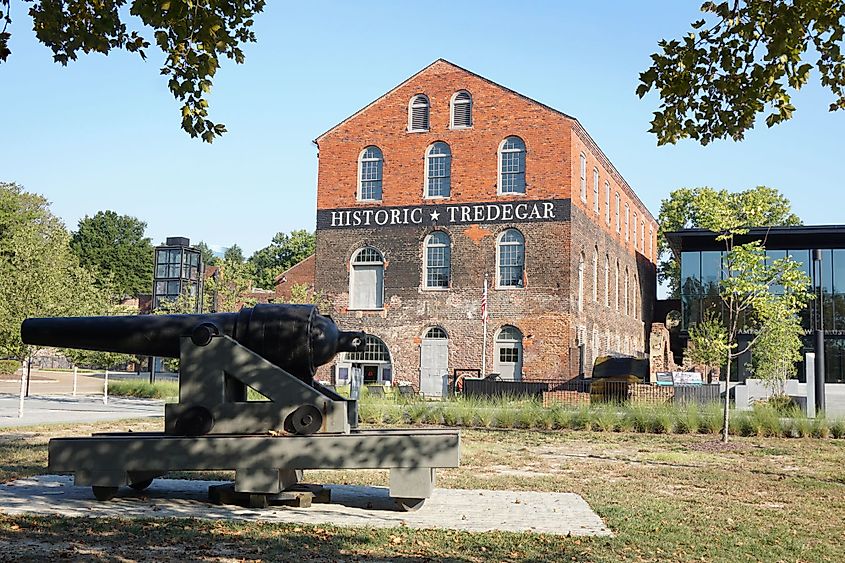
The historic Tredegar and the White House of the Confederacy are located about 1.5 miles away from each other. They display a unique and interactive exploration of the Civil War from the Confederate, Union, and African American participants' perspectives.
Hollywood Cemetery
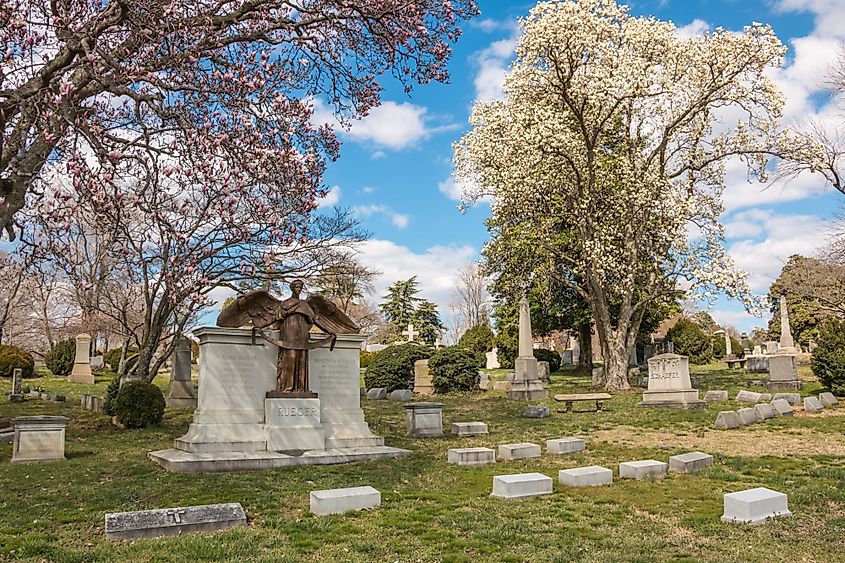
Hollywood Cemetery was established in 1847, featuring many beautiful gardens, monuments, and fountains overlooking the James River. This cemetery serves as the final resting abode of several famous Virginian figures.
Maymont Mansion & Nature Center
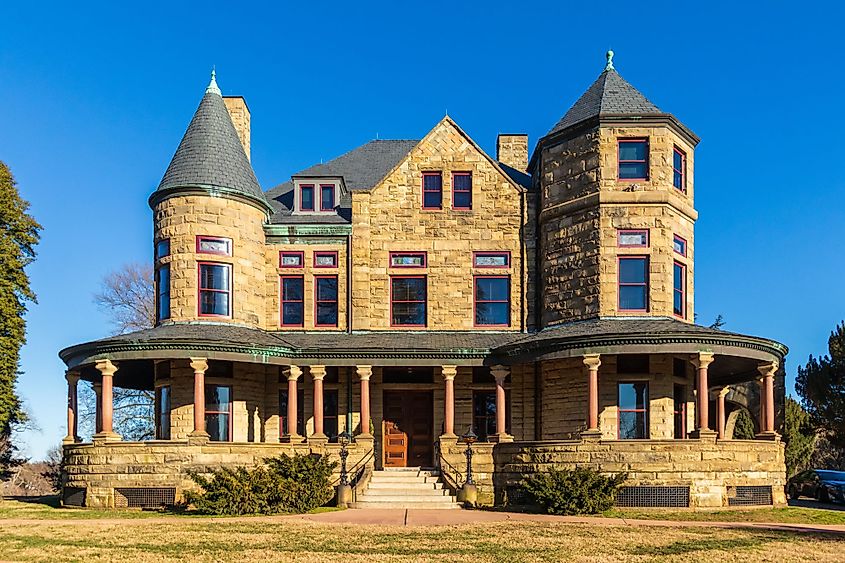
Maymont was the residence of James Henry and Sally May Dooley, who donated the mansion to Richmond after their deaths. The 33-room Victorian-style mansion is full of original furniture and artifacts, specialty gardens, and a beautiful arboretum. Visitors also enjoy the carriage collection and the petting zoo there.
Virginia State Capitol
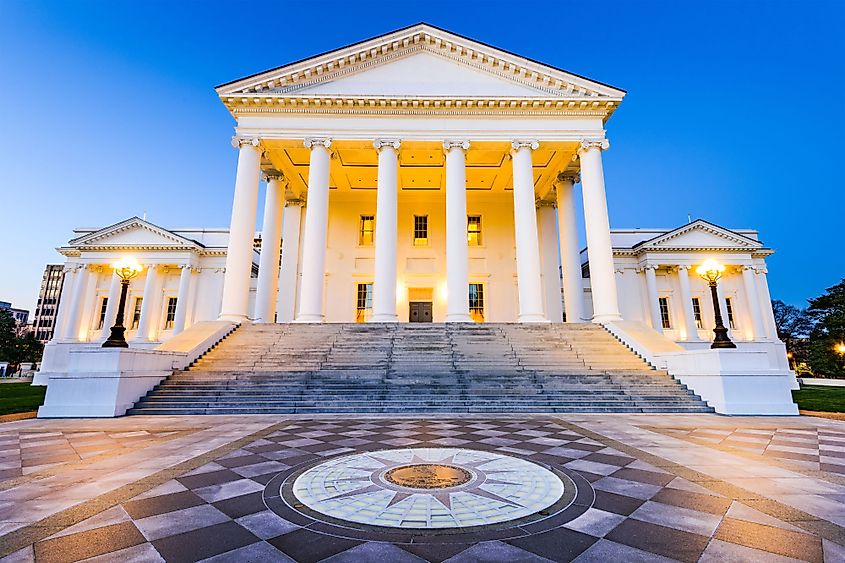
The Virginia State Capitol is the administrative seat of the state government of the Commonwealth of Virginia. It was designed by Thomas Jefferson and first occupied in 1788 by Virginia's General Assembly.
The Canal Walk
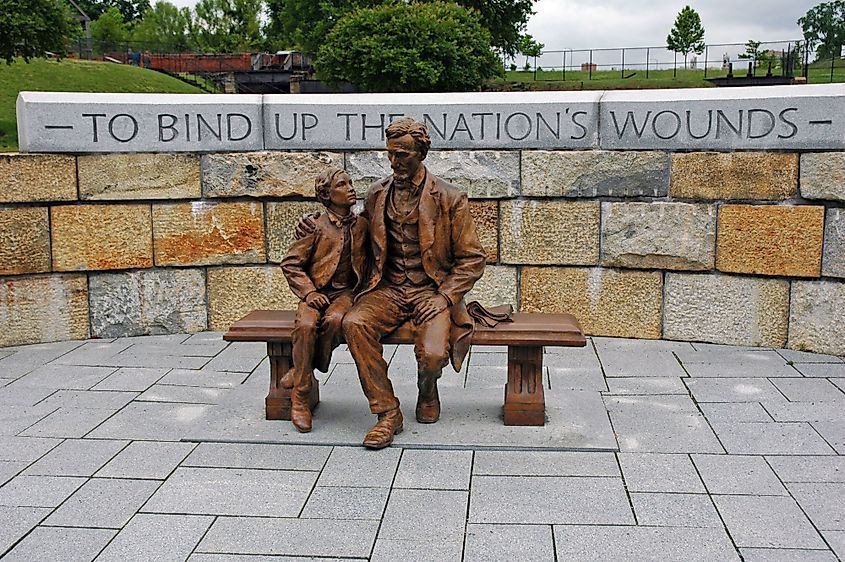
The canal walk is located along downtown's riverfront as an icon of Richmond for decades. Stretching along the James River, the canal walk has been entertaining visitors and residents alike.
The capital city of Virginia has it all. From historic buildings that date back to as early as 1742 to botanical gardens, and natural views, to local events and farmers' markets, this city has a lively mix of old and new, attracting tourists, and residents with different interests and ages.
